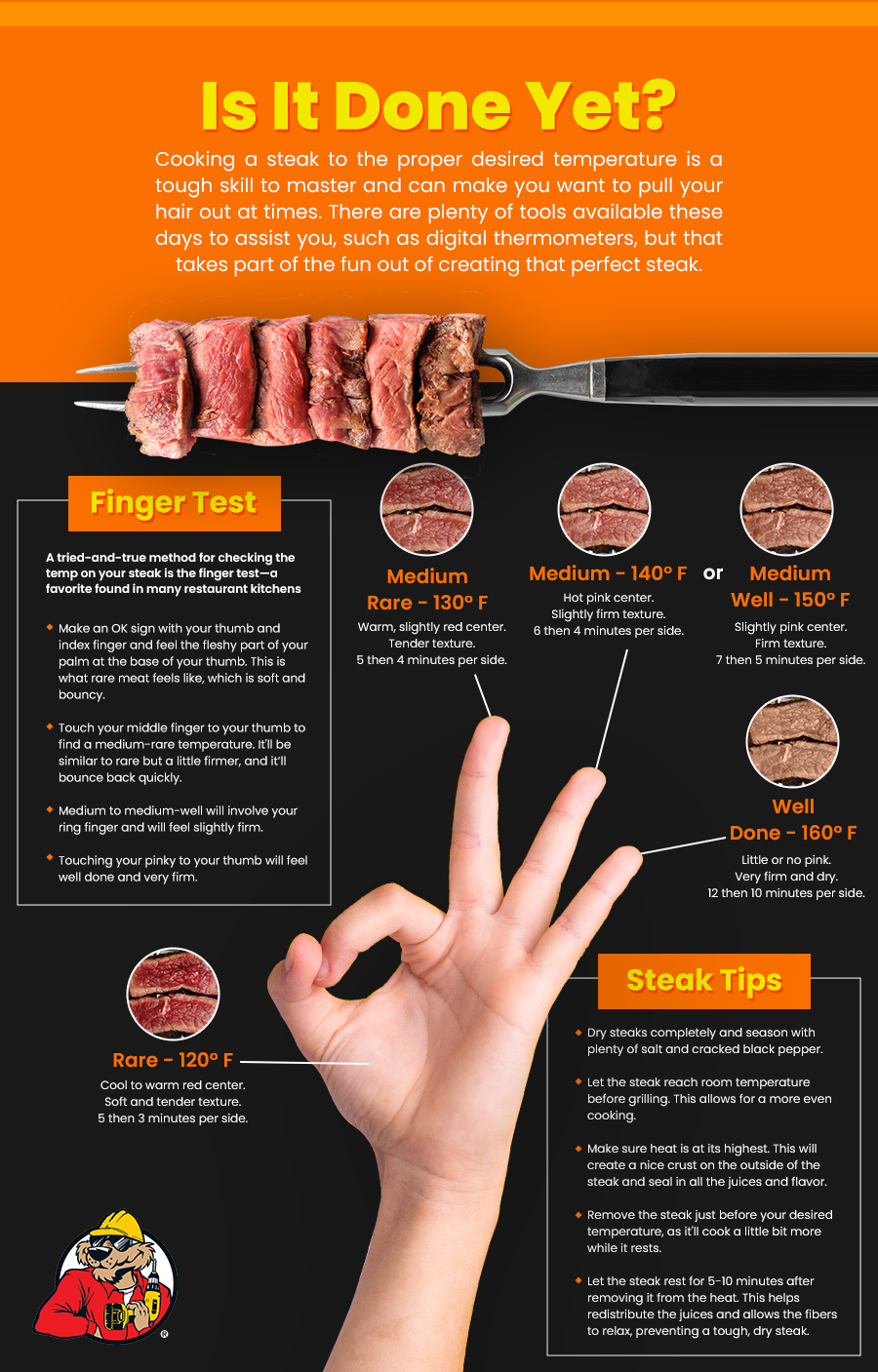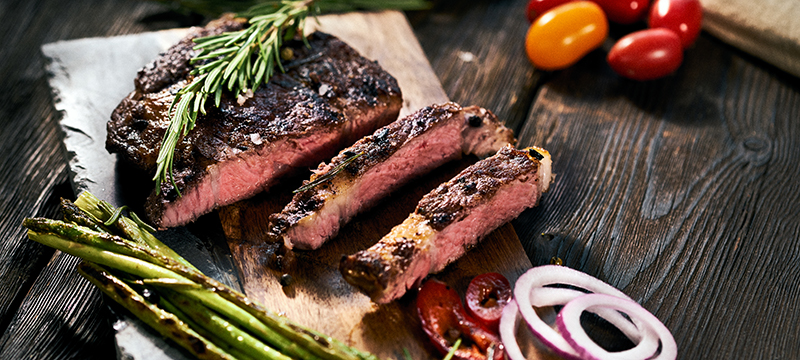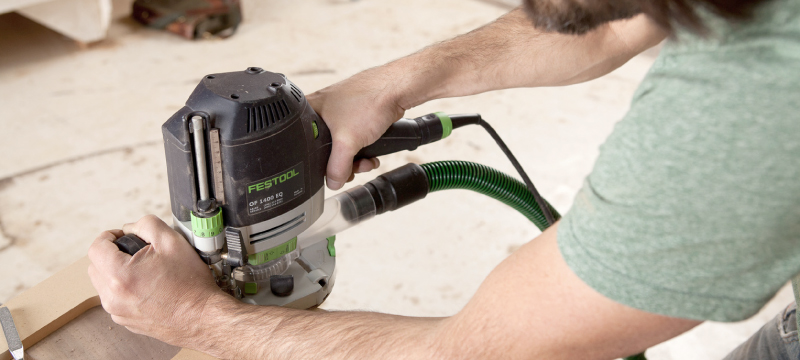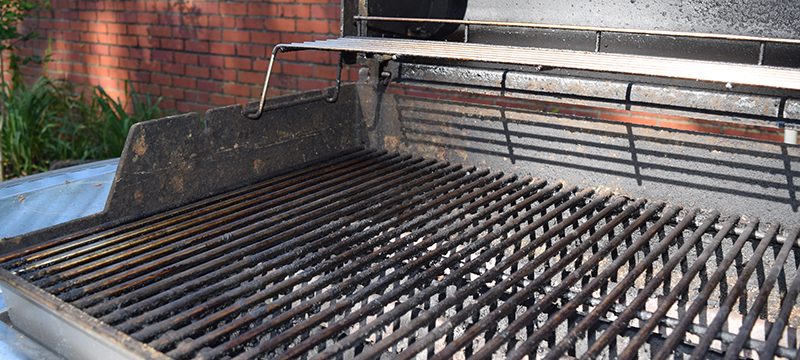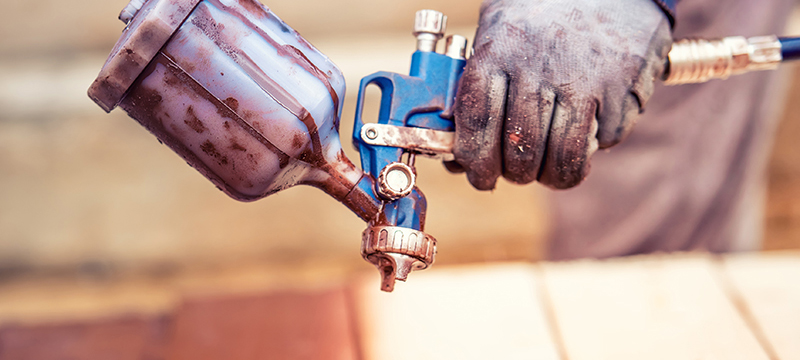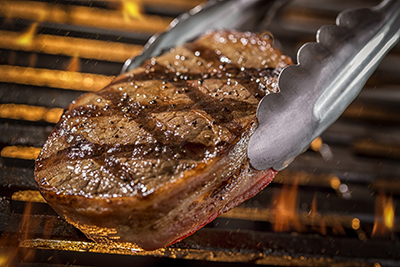
Cooking a steak to the perfect desired temperature is a skill that, once mastered, can fill you with a sense of accomplishment. It may seem challenging at first, with factors like hot spots on your grill, the thickness of your steak, and the type of steak you are cooking to consider. But once you have perfected this skill, you’ll consistently impress your friends with your ability to hit their desired steak temperature every time.
Grasping the nuances of steak temperatures is a pivotal step in achieving the perfect steak. Grilling supplies, like a meat thermometer, when used effectively, become your trusty companion in this culinary journey. We will walk you through the various steak temperatures, their visual and textural cues, different methods to measure steak temperature, and some general grilling tips to help you cook a steak like a pro.
Steak Grilling Tips
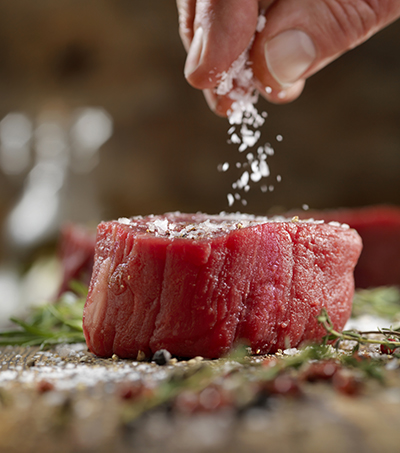
Before embarking on your steak cooking adventure, a few key preparation steps can significantly enhance your skills and ensure you achieve that perfect steak temperature.
- Ensuring your grill is spotless from your previous cook is crucial. This guarantees excellent grill marks on your steak and promotes even cooking throughout the steak.
- A shortcut to creating a quality steak is choosing a proper thickness—the thinner the steak, the smaller the margin for error. With a thicker steak, you can get an excellent quality sear on the outside while ensuring the inside does not brown too fast. Try to get at least a 1-inch-thick steak if possible.
- One of the crucial steps is Allowing the steak to rest on the counter for 30 minutes to an hour until it reaches room temperature. This simple act promotes even cooking, a key to a perfectly cooked steak.
- Dry steaks entirely and season with salt and cracked black pepper. You can use other seasonings, but salt and pepper should be minimal. Using a thicker grain salt is recommended as using traditional acceptable table salt can lead to over-seasoning your steak.
- Make sure the heat is at its highest. This will create a nice crust on the outside of the steak and seal in the juices and flavor.
- One of the critical tips for successful grilling is to know your grill. Every grill has hot spots, areas with higher heat than others. Understanding these hot spots can be your secret weapon in achieving a perfectly cooked steak. These hot spots are ideal for creating your initial sear, and then you can move the steak to a more even location to continue cooking throughout. If you have a rack in your grill, consider putting the steak there after searing the outside.
- Avoid opening your grill too often. This will lead to fluctuations in temperature and cause uneven cooking.
- Remove the steak about 5-10 degrees before your desired temperature; it will cook a little more while it rests.
- Let the steak rest for 5-10 minutes after removing it from the heat. This helps redistribute the juices and relax fibers, preventing a harsh, dry steak.
Measuring Steak Temperature
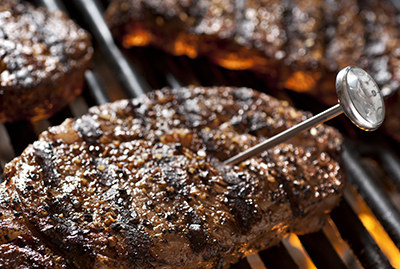
There are two main ways to measure steak temperature. One is more precise, while the other is more manual. Depending on who you ask, they will defend one or the other to the death.
Meat Thermometer
The first and easiest method is using a meat thermometer. Two main types of thermometers are available: digital instant-read thermometers and dial-instant thermometers. Which one you use comes down purely to preference. A digital version will give you a little faster reading than a dial version. In both, you will insert the probe midway into the thickest part of the steak, away from any fat or bone. Some do not prefer meat thermometers as they pierce the steak, so much juice and flavor can leak out.
Finger Test
This method is a little more complicated and takes time to master, but you will look like a professional chef on the grill once you do. A tried-and-true method for checking the temperature of your steak is the finger test—a favorite found in many restaurant kitchens.
- Make an OK sign with your thumb and index finger and feel the fleshy part of your palm at the base of your thumb. This is what rare meat feels like, which is soft and bouncy.
- Touch your middle finger to your thumb to find a medium-rare temperature. It will be rare but a little firmer and bounce back quickly.
- Medium to medium-well will involve your thumb and ring finger and feel slightly firm.
- Touching your pinky to your thumb will feel well done and firm.
How to Cook A Rare Steak
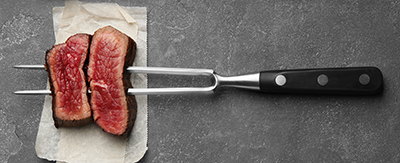
This one is not requested often but is one of the more manageable steak temperatures to achieve. A rare steak is raw with a slight char on the outside with a cool to warm red center. It will have an exceptionally soft, tender texture at the end. Cook for 5 minutes on one side and flip to cook the other for 3 minutes. You are looking for an internal temperature of 120 degrees Fahrenheit.
How to Cook A Medium-Rare Steak
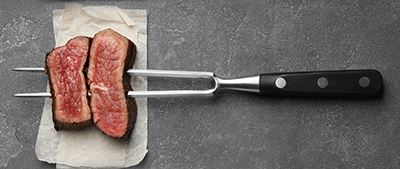
Most chefs prefer this method because it has the perfect texture while not losing flavor and juice, making steak taste great. A medium-rare steak will be warm in the center, slightly red to pink. The top and bottom should have a nice crust with good grill marks. The steak will give a little bit when touched but spring back quickly. Cook for 5 minutes on one side and flip to cook the other for 4 minutes. The internal temperature of a medium-rare steak should be 130 degrees Fahrenheit.
How to Cook A Medium Steak
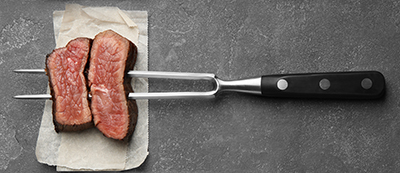
Medium is your go-to steak temperature if you cook multiple steaks on the grill. It is a perfect blend that will appease the carnivores in your group and those who balk at a steak that looks still mooing. A medium steak has a hot pink center throughout with a deeper brown color on the top and bottom. The steak will be slightly firm to the touch. Cook one side for 6 minutes and then 4 minutes on the opposite side until an internal temperature of 140 degrees Fahrenheit is reached.
How to Cook A Medium Well Steak
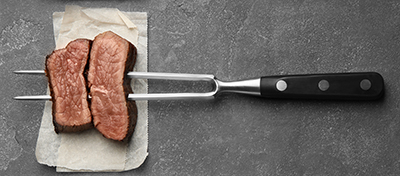
This is a steak temperature that many would argue does not indeed exist, saying you cannot have a well-done steak that is still juicy, like a medium steak. A medium-well steak will have just a hint of pink left in the very center of the steak with a mahogany brown top and bottom. The steak will feel firm but still have a slight bounce in the middle. Cook the first side for 7 minutes, flip to the other, and cook for five more minutes to an internal temperature of 150 degrees Fahrenheit.
How to Cook A Well Done Steak
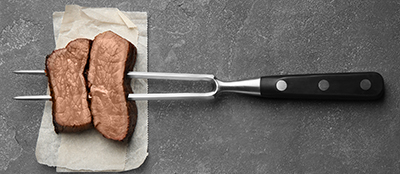
Despite some purists finding well-done steaks a no-no, others prefer their steak well done. You would think this is the most accessible temperature to cook, but it is one of the hardest. The key is not burning the outside. A well-done steak will have zero pinks in the middle and be heavily browned on the outside but not burnt. It will feel substantial to the touch. Cook the steak for 12 minutes on one side and flip to cook for 10 minutes on the other. Once the internal temperature has reached 160 degrees Fahrenheit, please remove it.
Shop for various grills, charcoal, gas, pellets, grilling supplies, and more at AcmeTools.com!
